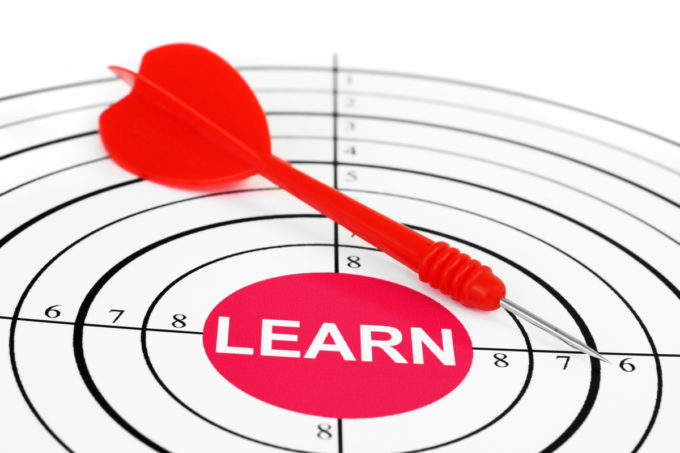As a small business owner, every dollar counts. That’s why it’s essential to be efficient and make sure your marketing efforts are reaching the right people. The key to success is to clearly define your target audience and tailor your marketing efforts to appeal to that specific group of people. Talk to them where they are.
“Stop interrupting what people are interested in and be what people are interested in.” —Craig Davis
To be the most compelling in your efforts, it is important to talk to the right people about the things that are of interest to them. One of the first steps in identifying your target audience is to determine demographics. This includes things like age, gender, income, and education level. Understanding these factors will help you create campaigns and messaging that will resonate with your target audience.
“Focus on the core problem your business solves and put out lots of content and enthusiasm and ideas about how to solve that problem.” — Laura Fitton
But demographics alone aren’t enough to fully connect with your target audience. Understanding your audience on a deeper level will fortify your ability to personalize messaging and the customer experience. To know your audience more intimately, consider psychographics, which include things like lifestyle, values, and interests. With awareness of audience psychographics, you can create campaigns that align with their values and interests, making them more likely to engage with your brand.
“Content marketing is really like a first date. If all you do is talk about yourself, there won’t be a second date.” – David Beebe
Another important aspect of targeting your audience is understanding their behaviors. For example, if your target audience is primarily on social media, it makes sense to focus your efforts on building a strong presence on those platforms. Or if your target audience is more likely to search for products or services online, it’s important to focus on local Search Engine Optimization (SEO) techniques to increase your visibility in search results.
“Content builds relationships. Relationships are built on trust. Trust drives revenue.” — Andrew Davis
Building a strong online presence is essential for any small business. A well-designed website and active social media channels can help you reach a wider audience and increase brand awareness. Additionally, by optimizing your website for local SEO, you can make it easier for potential customers in your area to find you. An email platform can assist you in delivering the right message to the right people at the right time.
“When you combine the Buyer Profile with Buying Insights, you will have clear guidance for the decisions you need to make to win their business.” ― Adele Revella,
Create a persona for your buyer. Buyer personas are detailed descriptions of a company’s target customers and can be time-consuming to create and maintain as they change with market trends and the company’s offerings. Invest in the process. Explore the variables that affect how prospects decide to purchase. What is the customer journey? What does your buyer care about? What are their needs? What features matter? What holds them back from deciding to buy? With this insight, you can create messaging and efforts to actually affect change. Revisit the persona regularly and update it to reflect changing landscape of the the times.
For every business owner, it’s important to take the time to understand your target audience in order to tailor sales and marketing efforts to reach and appeal to them. By understanding customer and prospect demographics, psychographics, and behaviors, you can create customized campaigns that will resonate with them and ultimately drive conversion. With consistent messaging, building a strong online presence and utilizing local SEO techniques can also help increase visibility and reach potential customers. Having the right strategies in place to address the needs of your prospects, you can make the most of your marketing budget and see real results for your business.








